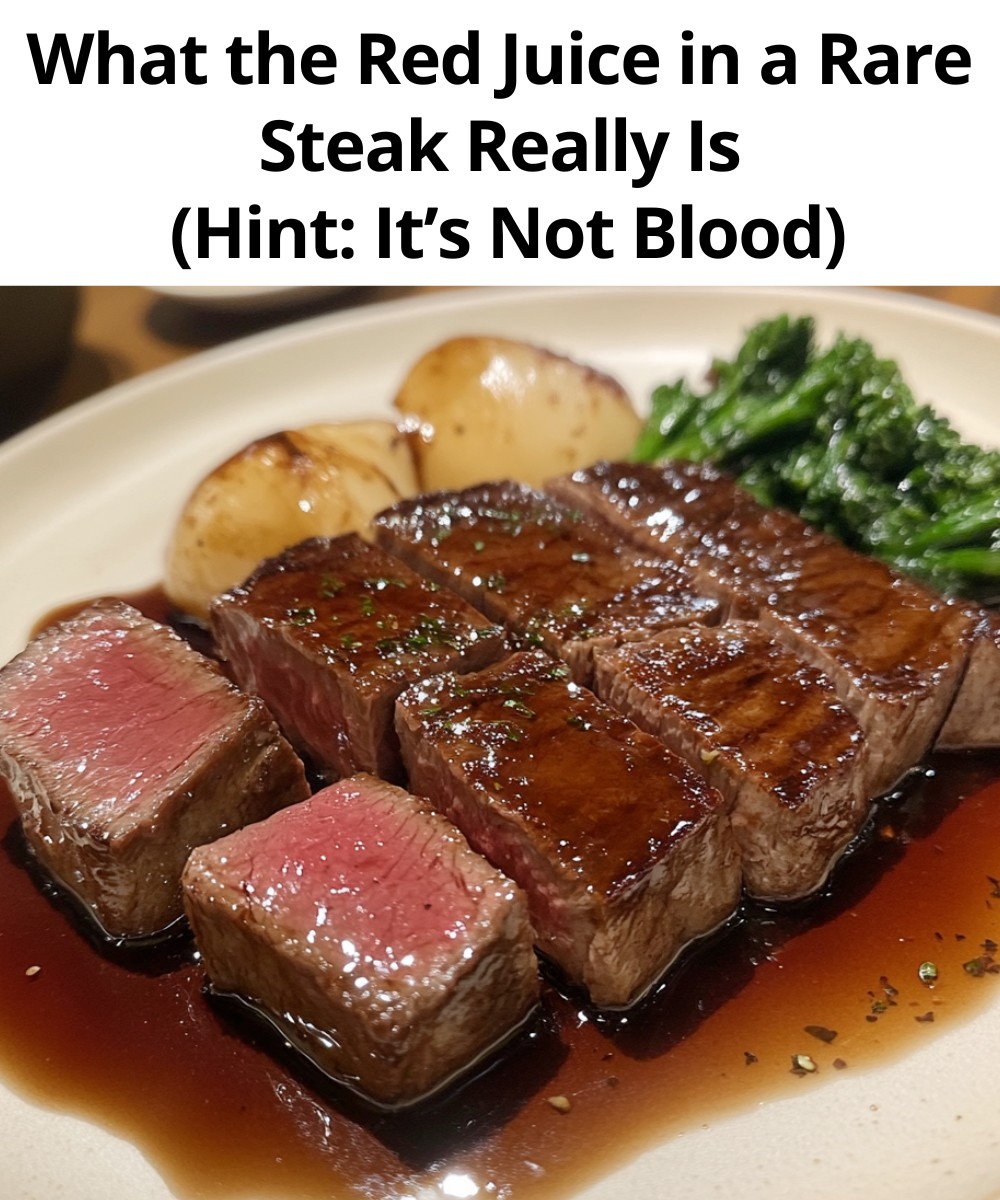ADVERTISEMENT
Is the Red Juice in a Rare Steak Safe to Eat?
Yes, absolutely! The red juice in a rare steak is not only safe to eat but also a key indicator of its flavor and juiciness. The presence of myoglobin-rich juices means the meat is still tender and full of moisture. Consuming these juices is completely safe and, in fact, beneficial, as myoglobin contains essential nutrients like iron, which is vital for transporting oxygen in your bloodstream.
Tips for Cooking the Perfect Steak
If you want to get the best out of your steak, understanding the role of myoglobin can be helpful. Here are some tips to keep in mind:
Choose the Right Cut: Cuts with higher myoglobin content, like ribeye or sirloin, will have a richer flavor and more pronounced red juices when cooked to rare or medium-rare.
Monitor Temperature: Use a meat thermometer to achieve your desired level of doneness. Rare steaks should reach an internal temperature of about 120-130°F (49-54°C).
Let It Rest: After cooking, let your steak rest for a few minutes. This allows the juices to redistribute throughout the meat, resulting in a more succulent bite.
Enjoying Your Steak with Confidence
Next time you order or cook a rare steak, you can enjoy it with complete confidence. Knowing that the red juice is simply a mixture of water and myoglobin—not blood—helps dispel any fears about undercooked or unsafe meat. Instead, you can focus on the incredible flavors, textures, and nutrients that a well-cooked steak has to offer.
So, the next time someone asks, “What’s that red stuff in my steak?”, you can proudly say it’s not blood—it’s the flavorful, nutritious result of a perfectly cooked piece of meat.
ADVERTISEMENT
